SCENARIO 04: Building The Urban Forest
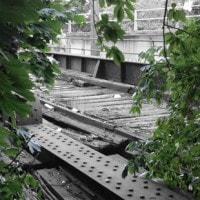
by Stephanie Carlisle, Nicholas Pevzner & Max Piana
The idea of the forest carries deep cultural significance. What do we know about how the urban forest works — as living machine, as novel ecosystem, as a site for ecosystem services, and as a spatially and culturally rich landscape?
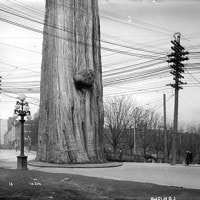
by Goodweather Collective
We envisage an entirely different city, one in which massive trees are no longer a rarity but instead fundamentally define and shape our movement through the urban fabric. With this action on the civic imagination, the city becomes a forest, and the forest a city.
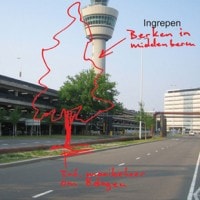
by Adriaan Geuze & Maarten Buijs
To make sense of the fragmented territory of an ever-expanding Airport, West 8 planted a bombardment of trees. With hundreds, sometimes thousands at the same time, it was a strategy that worked everywhere.
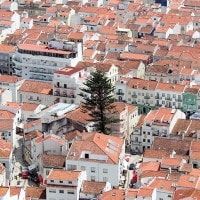
by Max Piana & Blake Troxel
Urban forests are a complex system full of opportunity for study, innovation, and cross-disciplinary collaboration. This piece introduces key concepts, techniques, and challenges of urban forestry.
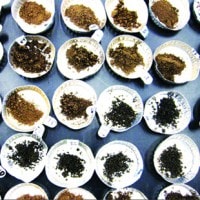
by Alex Felson, Emily Oldfield, Mark Bradford & Robert Warren
The NYC Afforestation Project constitutes a new approach to urban ecology that combines scientific research with landscape architecture to advance understandings of constructed urban ecosystems.
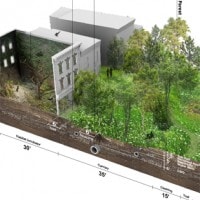
by Chieh Huang
Urban Regeneration proposes a land management strategy for vacant urban land that accumulates parcels and turns them to forest, aiming to redefine the meaning and function of vacancy in a city.
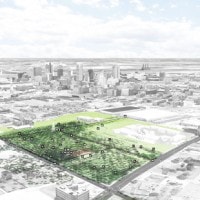
by Jill Desimini
The Pruitt-Igoe site has remained in limbo, long enough to grow into a substantial wild urban woodland, overlooked as a resource and now threatened by development.
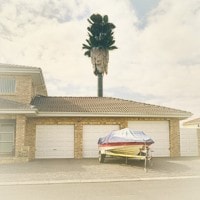
by Dillon Marsh
In 1996 a palm tree appeared almost overnight in a suburb of Cape Town, South Africa.
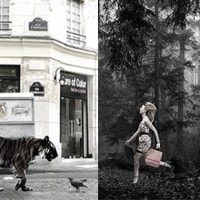
by Keith Chung & Anna Misharina
In order for the urban forest to have social meaning, it must be legible as a form and as a system – revealing the workings of each entity through their juxtaposition.
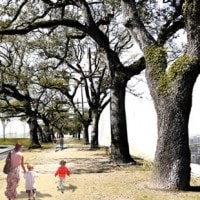
by Karen Lutsky
New Orleans' veteran trees have the ability to function socially, economically and hydologically. The potential of New Orleans' expansive canopies can be seen as a basis for a simple but powerful long-term planning and planting strategy for the city.
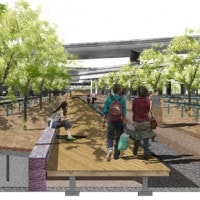
by Sarah Moos
50,000 Trees explores how a ubiquitous and overlooked urban space — the freeway overpass — can become a site to strategically offset a significant part of the city’s carbon emissions at the source, with a man-made productive forest grown for carbon sequestration.
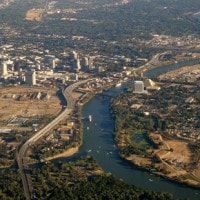
by Lara A. Roman
Realizing the ecosystem services benefits of tree programs depends on tree survival. Despite the focus on planting over the past few decades, overall canopy cover levels in major US cities have been declining.
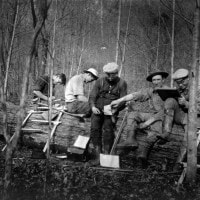
by Roxi Thoren
For a brief period at the turn of the last century, landscape architecture and forestry occupied the same physical and conceptual space through the work of Olmstead and Pinchot at the Biltmore Estate.
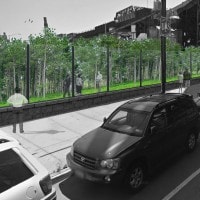
by Brian Davis & Jamie Vanucchi
The urban forest can’t pretend to be ‘natural’; it’s a construction that relies on both ecological processes as well as human ingenuity to survive. It marries the technical with the material, and expands the range of social experience and ecological resilience.
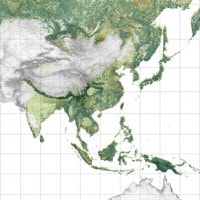
by Richard Weller & Tatum Hands
If we accept that ‘the city’ is now a continuous system of global exploitation, then any discussion of the ‘urban forest’ should also scale up its thinking and ambition.















